NECK RINGS
Neck rings are commonly won by the Kayans, inhabitants of the mountains bordering Burma and Thailand.
Neck rings consist of single brass coils placed around the neck. The first coil is applied on girls at age five and then replaced by longer coils as they grow older.
These coils generally weigh about 5 kg (11 pounds).
The length of the coil and its added weight pressing on a woman’s clavicle and rib cage, results in the appearance of a very long neck. In fact, the neck does not actually elongate.
This ancient tradition has unknown roots.
The coils are believed to be part of the woman’s identity and are associated with her beauty. It is also believed that the coils ensure that these women only marry within their tribe.
The women are a major touristic attraction for visitors curious to witness this phenomenon first hand.
“In South Africa, the women of Ndebele (closely related to the Zulus), are also known to wear neck rings. They start after marriage, usually around the age of 12. But their neck rings differ in that the rings are individual, so they do not press against the rib cage and do not produce the impression of the elongated necks.” (Softpedia.com)
LIP PLATES
Among the Mursi people of the Omo Valley in Ethiopia, a girl’s lower lip is cut when she reaches the age 15 or 16. The girl’s lip is pierced by her mother or another woman in her settlement and a simple wooden plug is inserted. The cut is held open by the wooden plug until the wound heals. After that, the plug is replaced by a bigger one.
The stretching of the lip continues by inserting progressively larger plugs over a period of several months. At a diameter of about 4 cm the first lip plate made of clay can be inserted, the final diameter ranges from about 8 cm to over 20 cm.
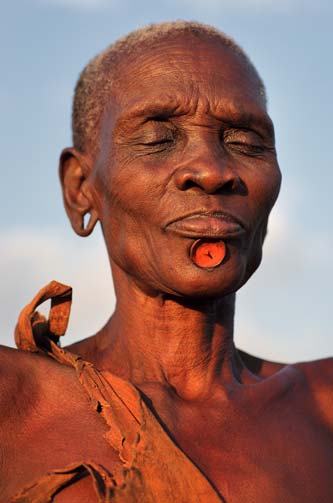
Photo: Old Bodi woman with lip plate in the village Shema
Lip plates which signify beauty are also a sign that the girl is ready for marriage. The larger the plate, the more appealing she is and the higher her dowry (bride price).
These days, girls in some Mursi settlements decide for themselves whether or not to wear lip plates. However, wearing a lip plate is still an expression of social adulthood and self-esteem for a Mursi woman. It demonstrates respect for Mursi men in the community.
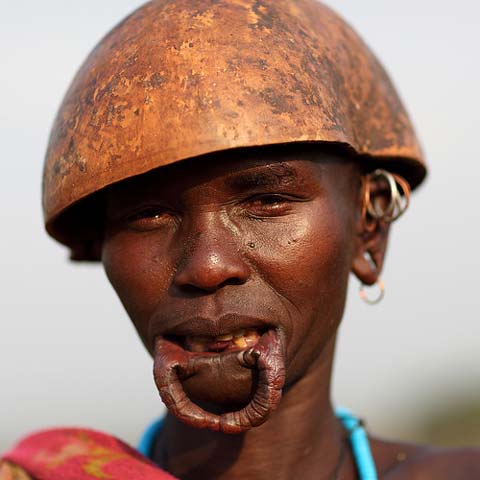
“Suri woman with calabash on her head seen in a village near Koka. The photo shows the lips of a woman who stopped wearing a lip plate, probably she reached an age where it isn’t important anymore. But the photo also shows how the tradition of the lip plates deforms the faces of women. Some people say it is cruel and many in Ethiopia want this tradition banned.” (Dietmar Temps, photographer)
“Lip plates are also known to have been practised by the Suya men of Brazil, the Sara women of Chad (stopped in the 1920s), the Makonde of Tanzania and Mozambique (stopped several decades ago), the Botocudo men and women of coastal Brazil, Aleut, Inuit, and other indigenous people of northern Canada, Alaska and the surrounding regions also wore them, but the custom was mostly stopped in the 20th century. Some tribes like Zo’e in Brazil, Nuba in Sudan, and Lobi in West Africa till wear lip plates.” (AlternativeLooks.com)
Do you find these neck rings and lip plates appealing? Leave a comment.
Join mailing list for updates and monthly newsletters

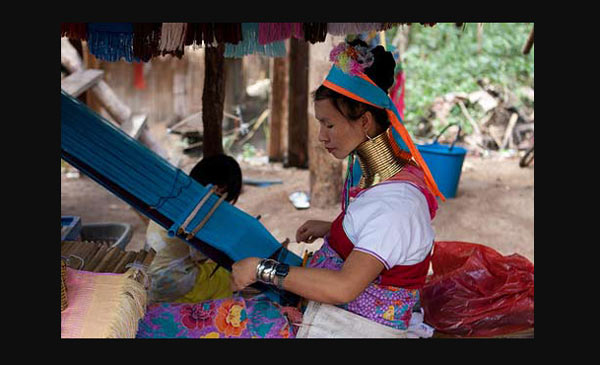
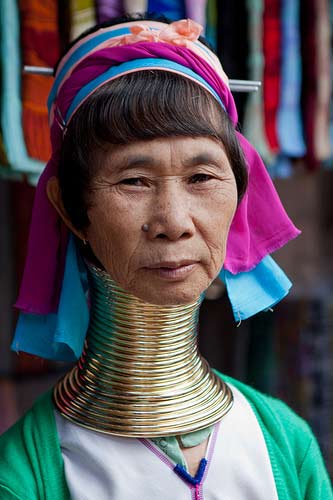
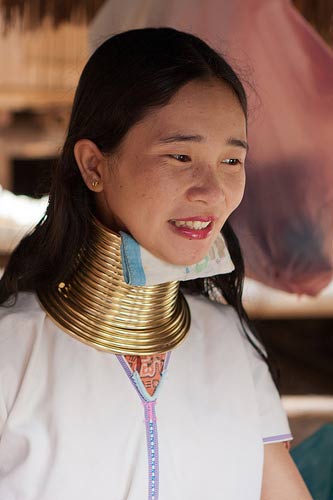
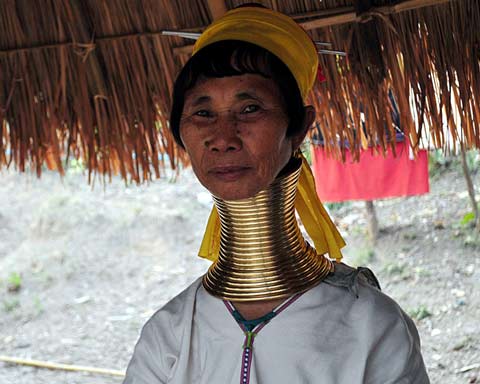
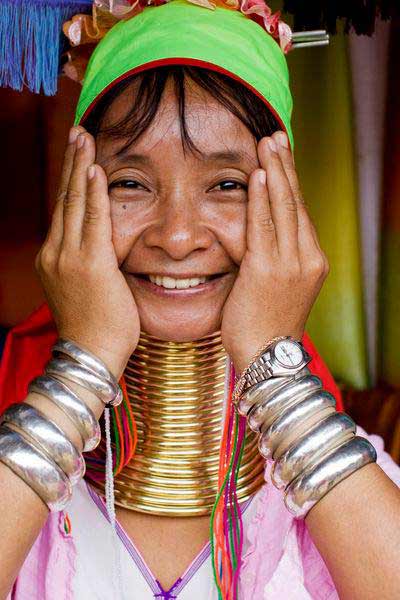
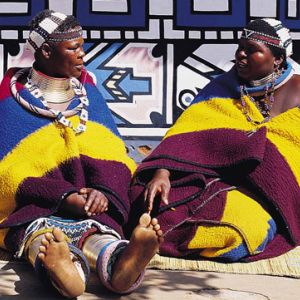
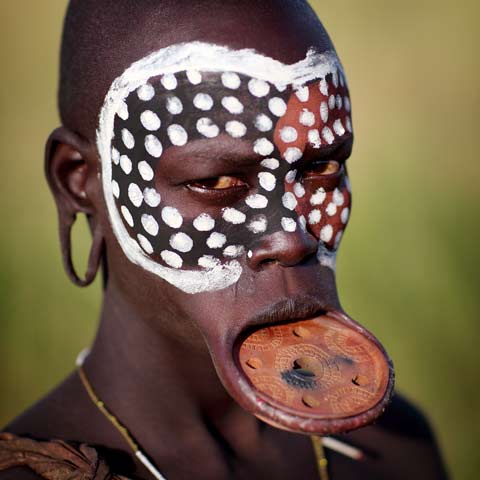

These neck rings are so stylish and appealing. As a chiropractor, I think there's nothing wrong with wearing it. It would not cause neck pain but of course, just make sure you do not wear it even while sleeping.